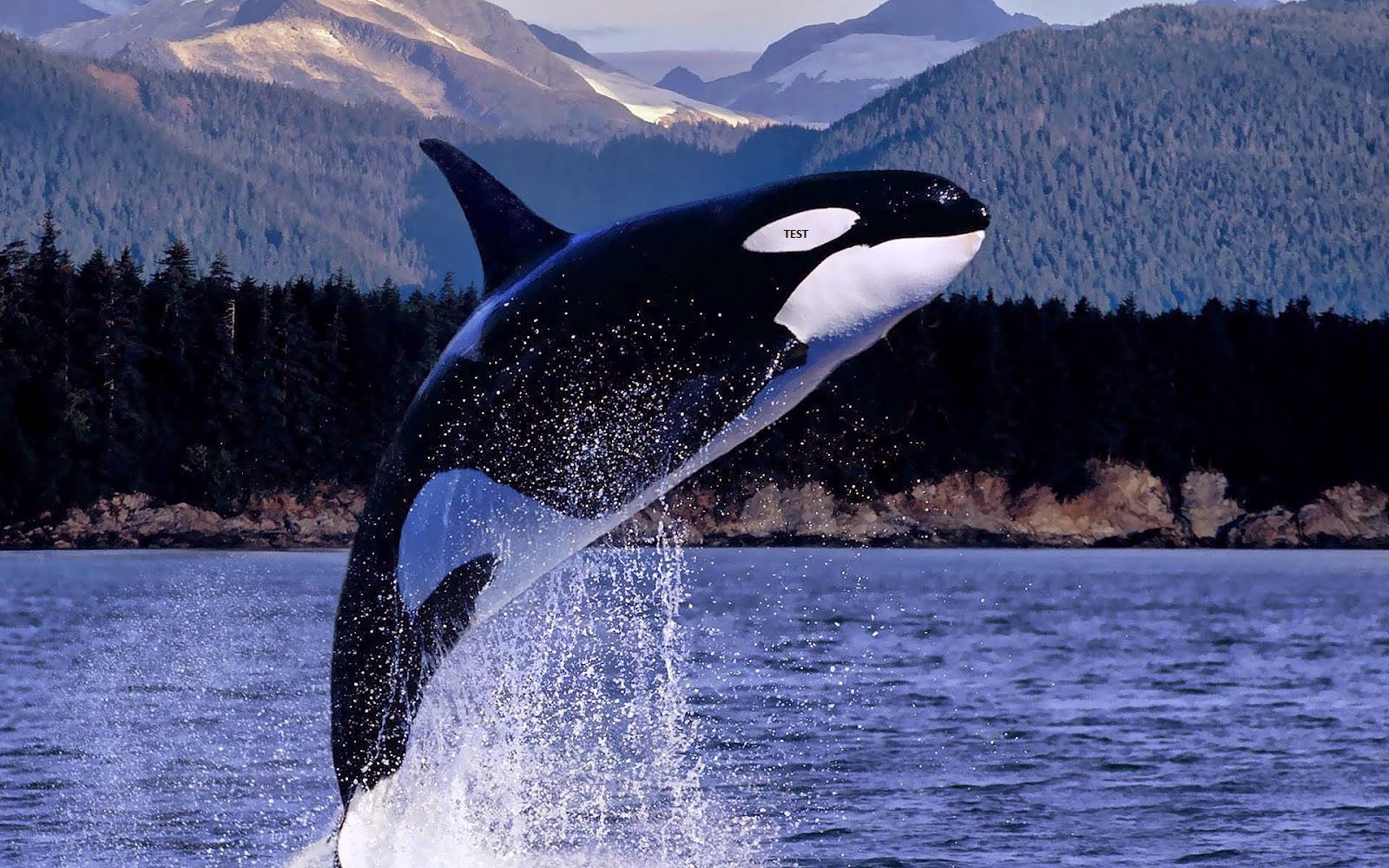American crocodile
American crocodile is crocodile who found in America . It can grow 4.8 meters long and sometimes males grow 6.1 meters long. It has strong jaws . It eats crabs and cattle etc.
Taxonomy and etymology
The species was redescribed as Crocodylus floridanus by William T. Hornaday in 1875, when Hornaday and C.E. Jackson were sent from Washington, DC to Florida to collect alligator hides. Upon hearing of a "big old gator" in Arch Creek at the head of Biscayne Bay, Hornaday and his companions searched for it and reported:
Cleaning symbiosis involving the American crocodile as client has been described. Unlike the Old World crocodiles which are sometimes cleared of parasites by birds, the American crocodile relies more on fish for parasite removal.
PREY AND ENEMIES
Distribution and habitat
American crocodiles have recently been sighted in Grand Cayman, leading experts to believe the species may be swimming from Cuba (which is home to a massive American crocodile population) and slowly repopulating Grand Cayman. In addition, an American crocodile/Cuban crocodile hybrid was recently discovered in the Cancun area.
Biology and behavior
American crocodiles, however, have a faster growth rate than alligators, and are much more tolerant of salt water.
Cleaning symbiosis involving the American crocodile as client has been described. Unlike the Old World crocodiles which are sometimes cleared of parasites by birds, the American crocodile relies more on fish for parasite removal.
PREY AND ENEMIES
SAVE ANIMALS
—It's super-easy to help animals, no matter how old you are. Check out how Save Animals to get a jump-start on making a huge difference in the lives of animal everywhere: Animals are alive for their own reasons, not to entertain us. Animals in movies, circuses, and zoos are denied everything that is natural and important to them. They will never be allowed to hang out with their families, graze, or do anything that they would do in the wild. Refuse to support this cruelty by never going to a zoo, marine park, or circus that uses animals. If your class is planning on dissecting any animal, ask your teacher for a humane alternative assignment, such as using a computer program to perform a virtual dissection. An animal will be saved, and you will actually learn and remember way more! Check out more info on how to get a dissection alternative at your school.
— THE END
—THANK YOU
.JPG)


.jpg)


.jpg)



.jpg)
.jpg)

.jpg)


.jpg)







+copy-756711.jpg)

.jpg)




+(1).jpg)





.jpg)



